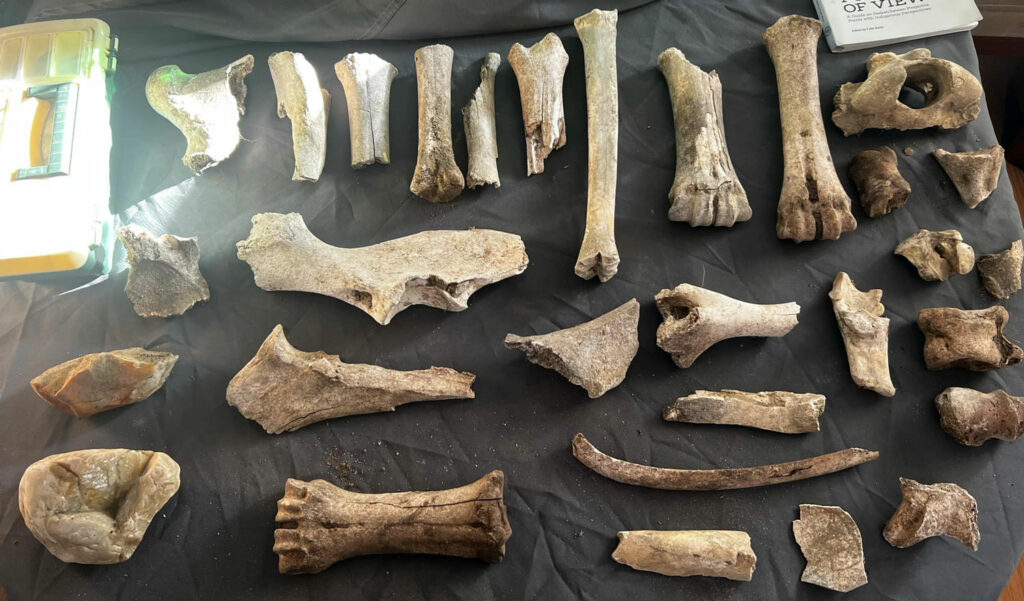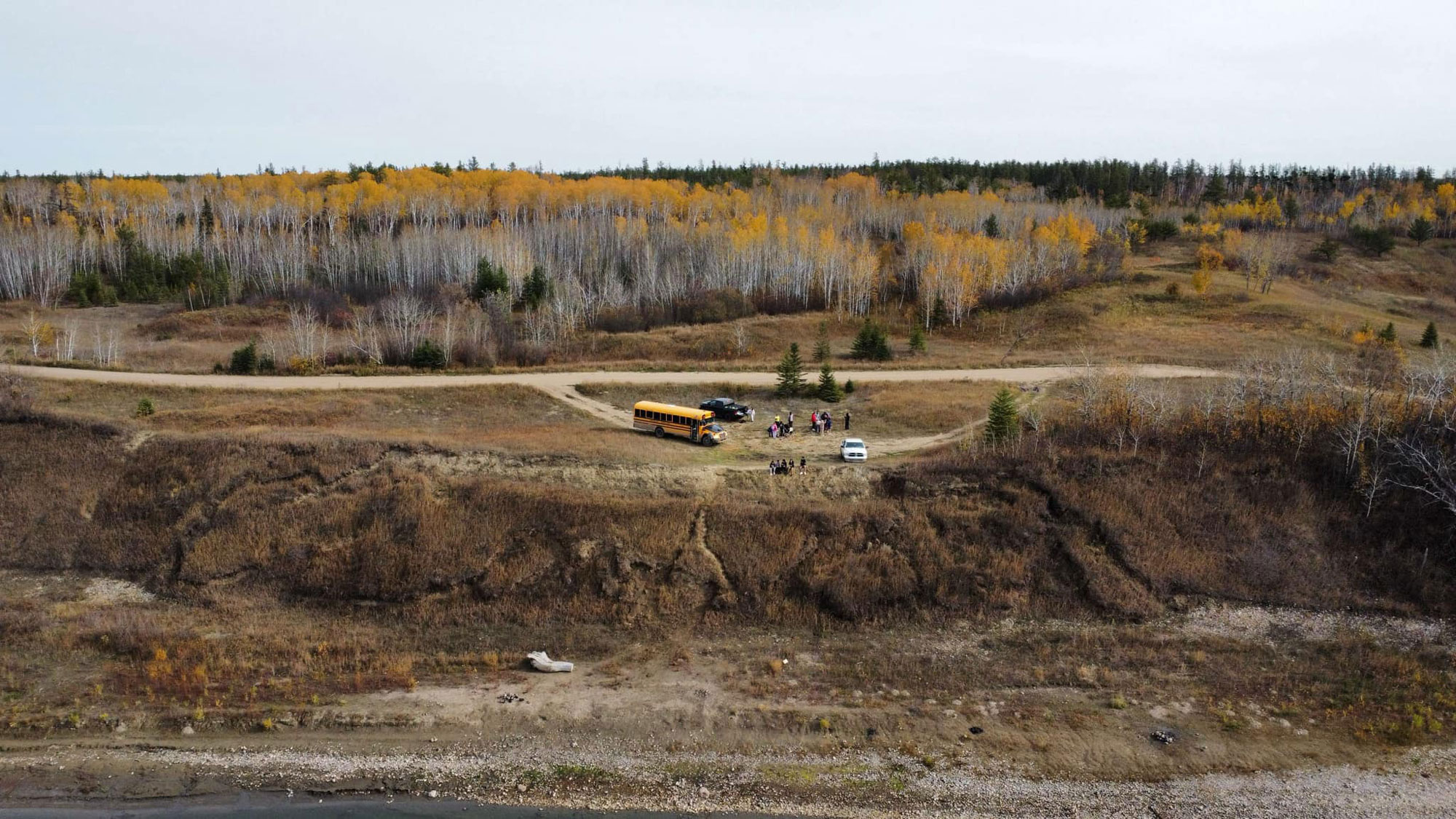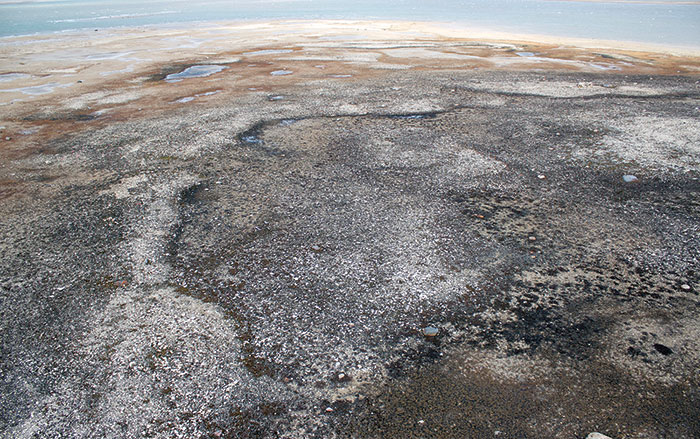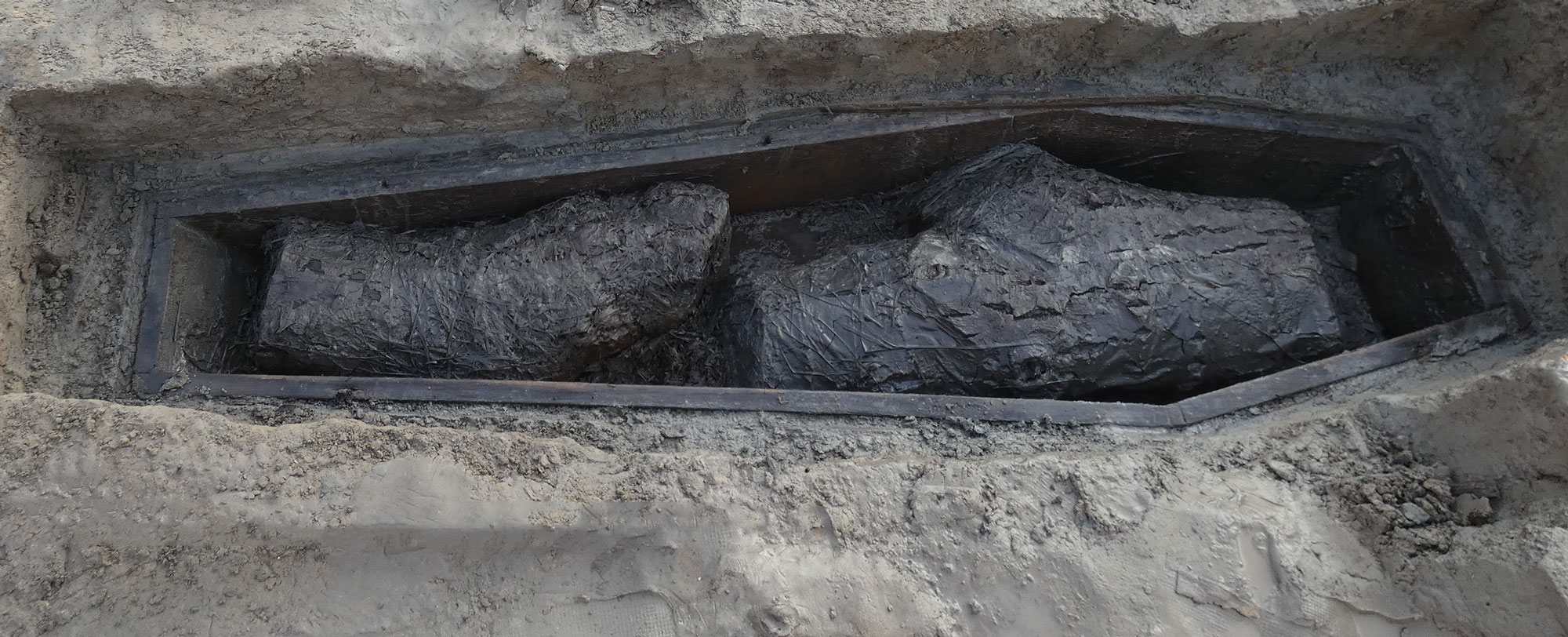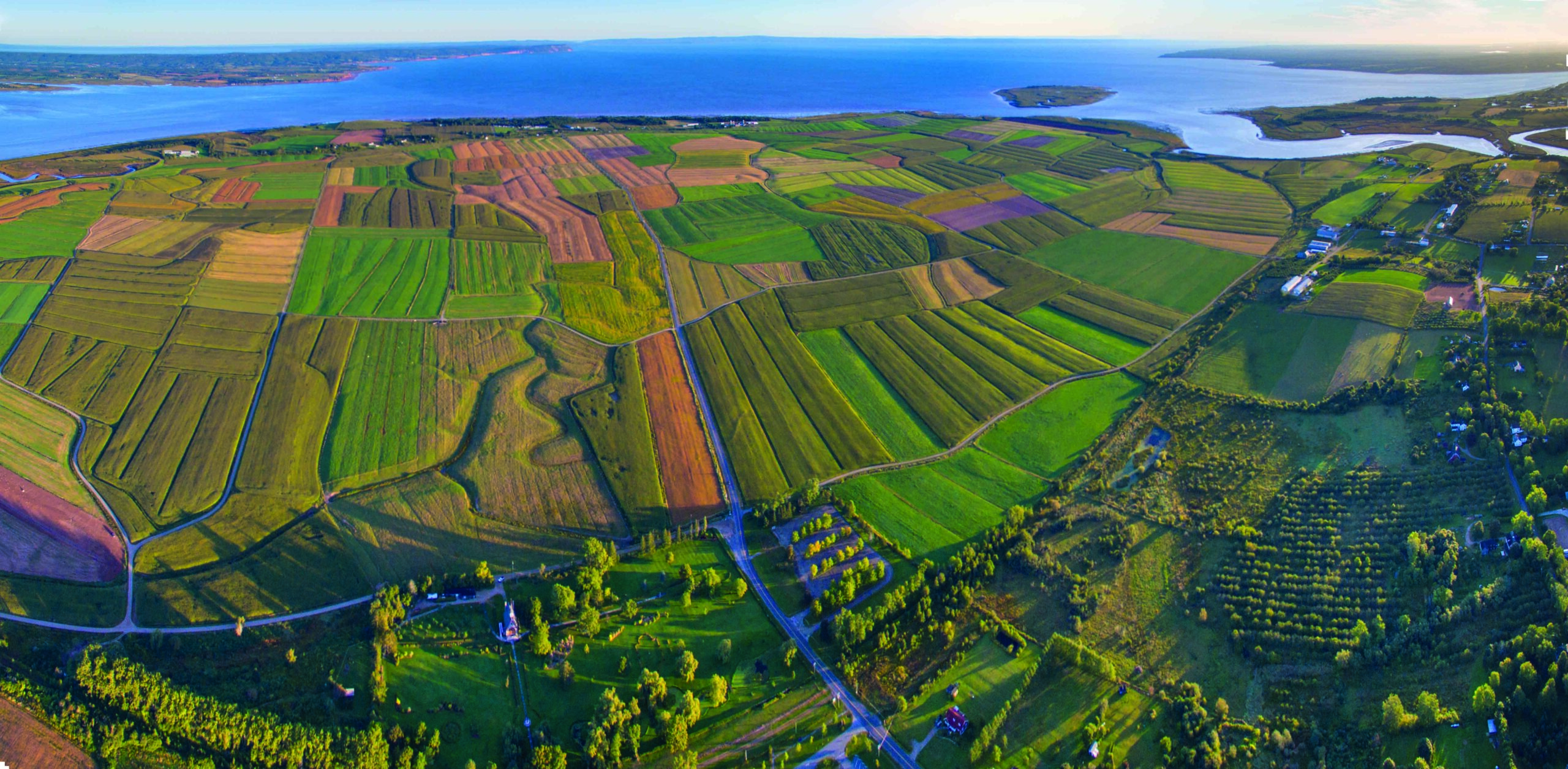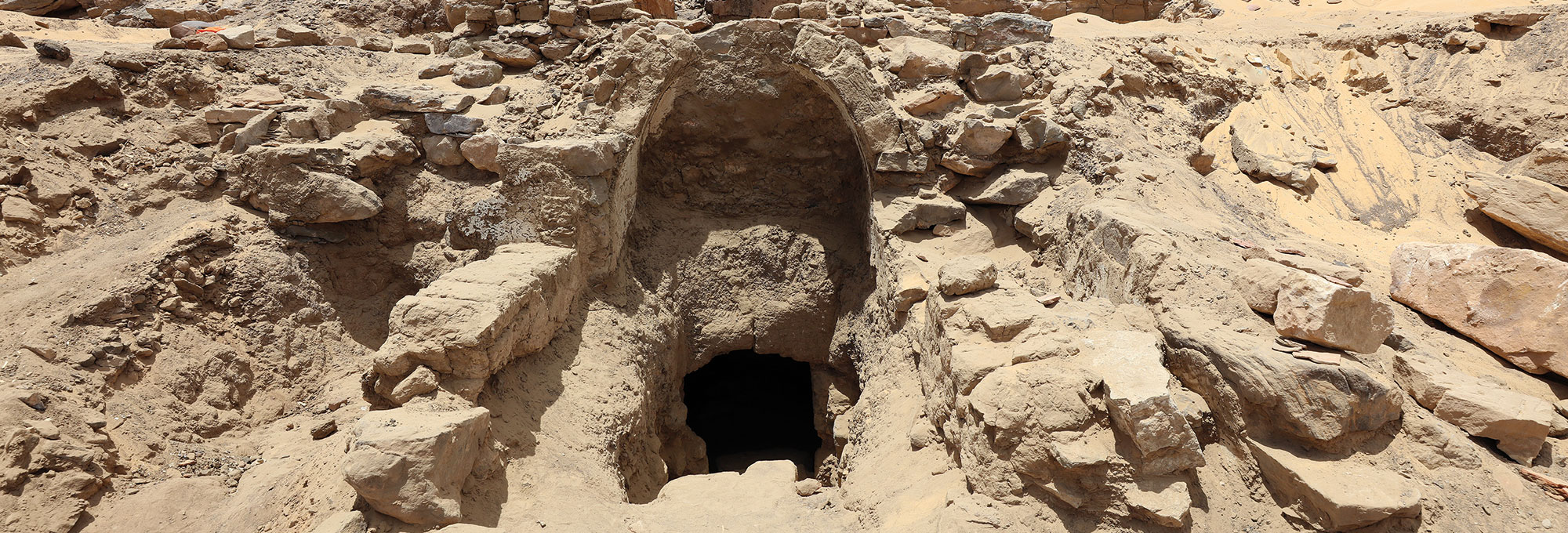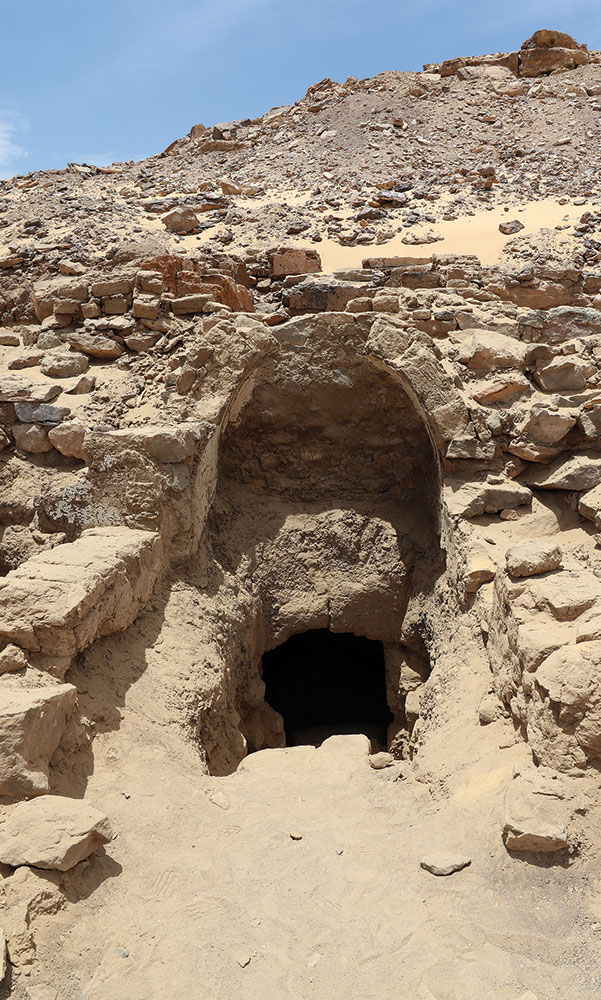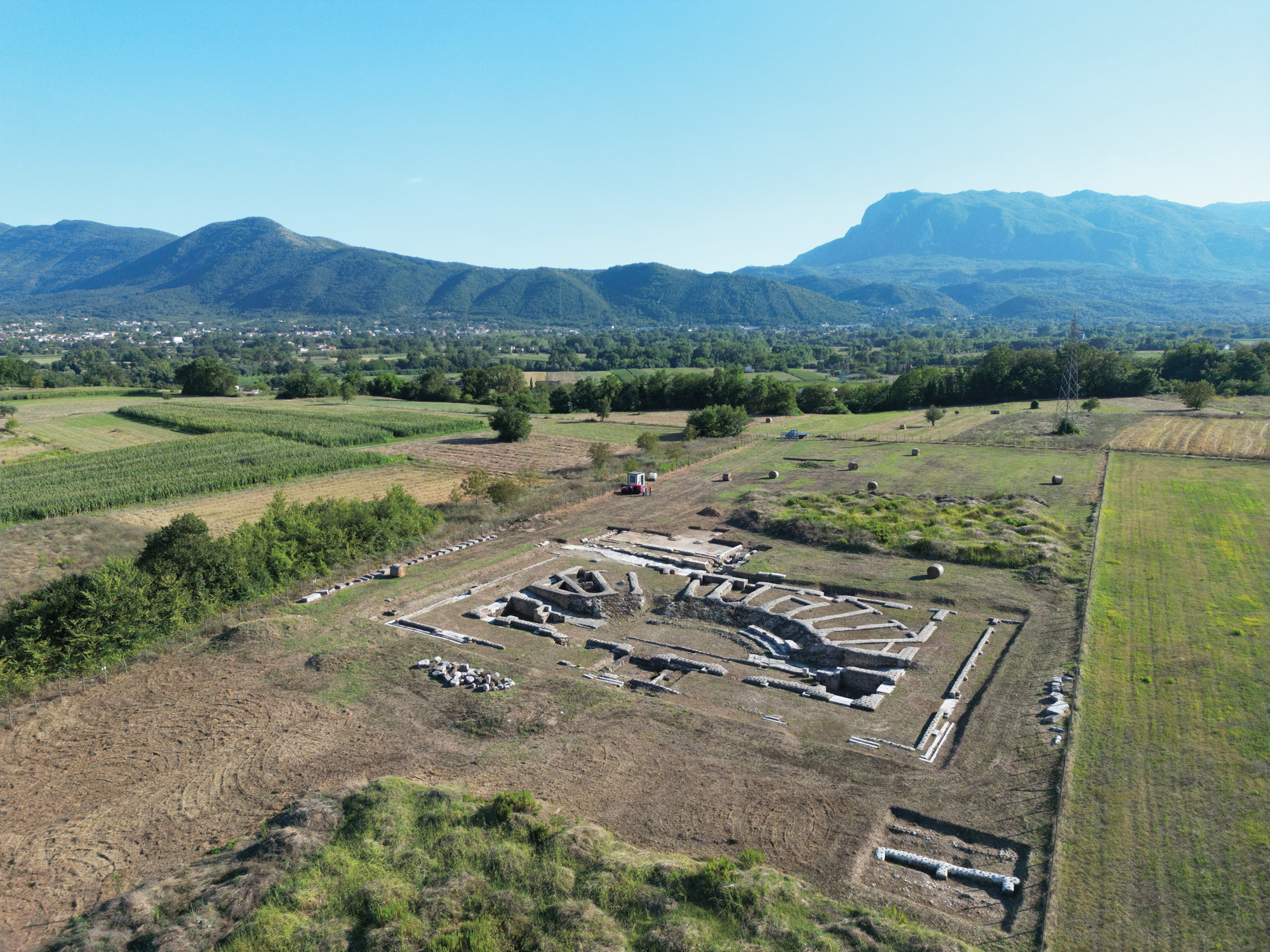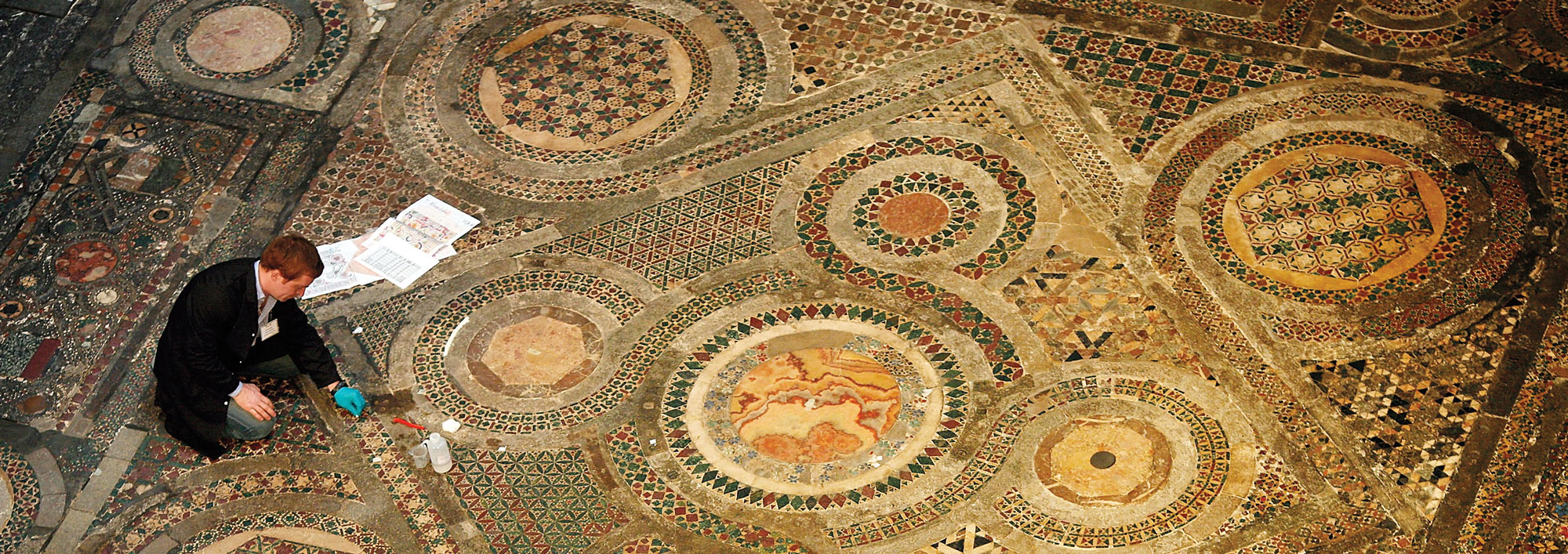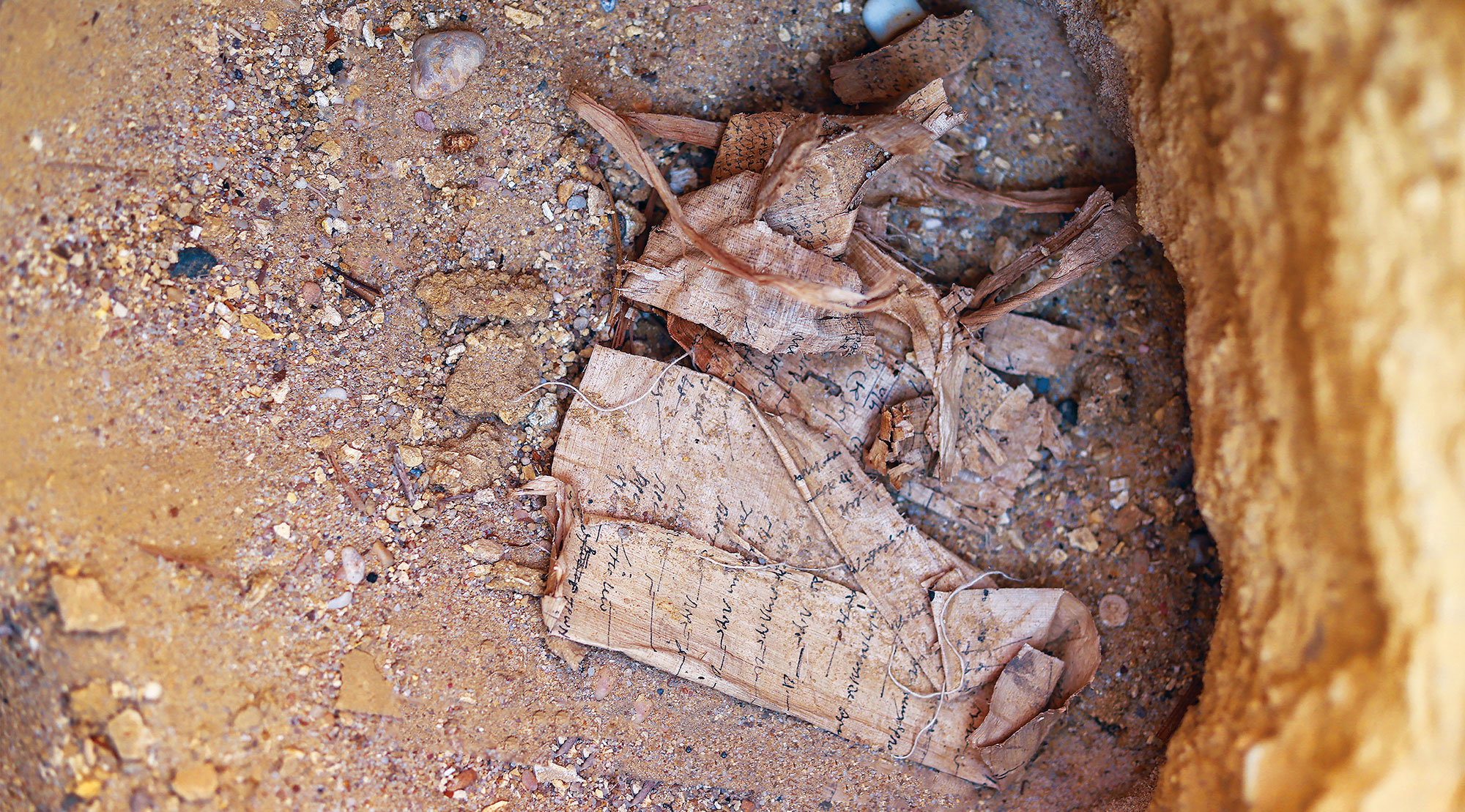PRINCE ALBERT, CANADA—Radiocarbon dating of charcoal unearthed at an archaeological site in Saskatchewan pushes back the habitation of the region to about 10,700 years ago, some 1,000 years earlier than previously thought, according to a CBC News Canada report. The charcoal sample was taken from a hearth found along the banks of the North Saskatchewan River, at a site that is thought to have been used as a long-term settlement shortly after glaciers receded from the area. Sturgeon Lake First Nation elders explained that the location on the river was an ideal place to camp, since it would have drawn migratory animals such as bison. “We do know that people certainly kept coming back to this location over and over and over again, and there could be hundreds of years between some of these occupations,” said Glenn Stuart of the University of Saskatchewan. “They know where animals are going to be crossing the river. So they keep coming back to this spot,” he explained. To read about an arrow point found sticking out of the ice in First Nations territory in Canada's southern Yukon, go to "Time's Arrow."
